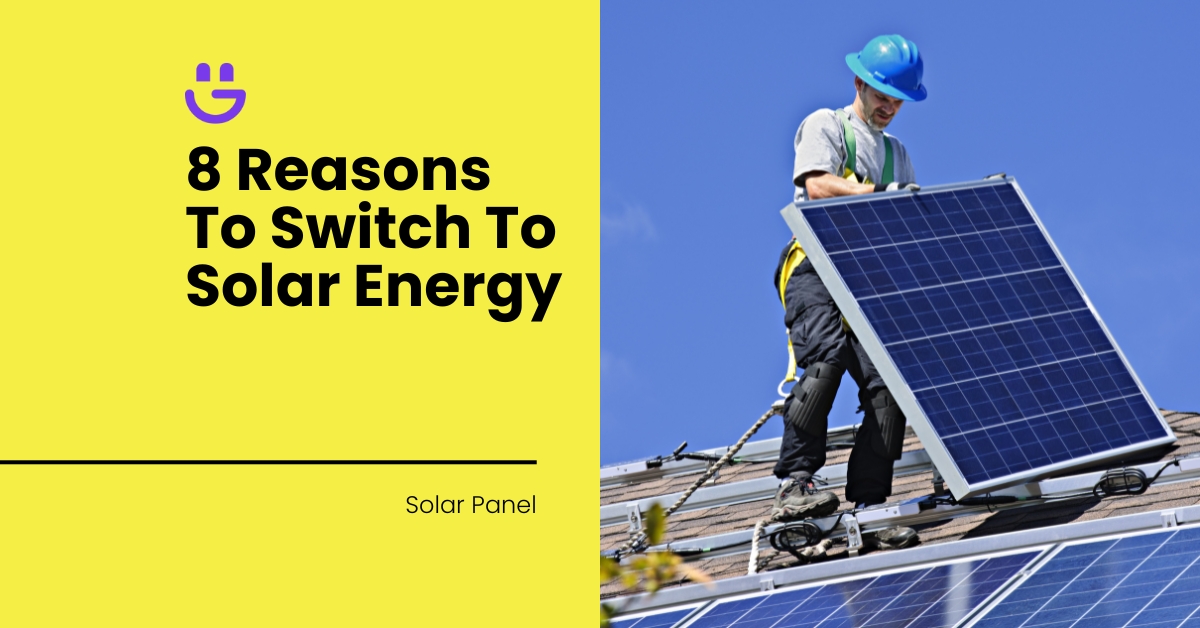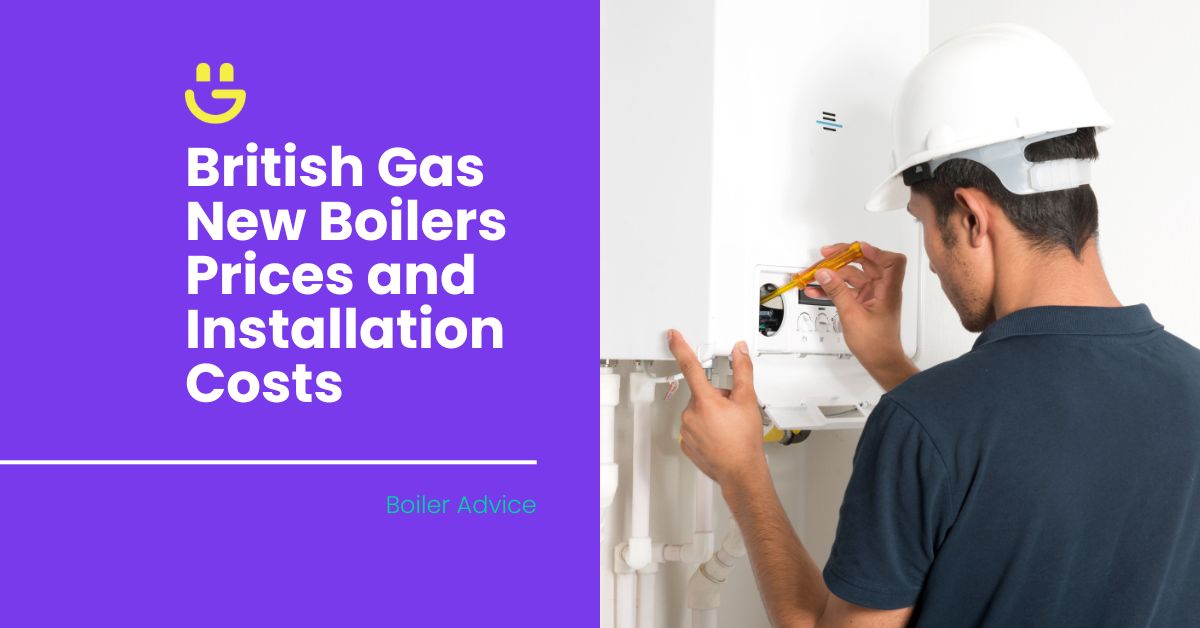Last Updated on July 29, 2024
Solar panel optimisers are innovative devices that improve solar performance by fine-tuning each panel’s output.
Optimisers ensure your solar panel system operates at its maximum potential, tackling performance challenges caused by shade, different panel orientations, and deterioration.
A question we are often asked at Eco Happy is: Should all solar panel systems have panel optimisers?
We answer this and run through everything else you need to know about solar optimisers – including how they work, their applications, benefits, costs, and if they are worth it.
Contents
- 1 What Are Optimisers For Solar Panels?
- 2 How Does A Solar Panel Optimiser Work?
- 3 Why Do I Need A Solar Panel Optimiser System?
- 4 Are There Solar Panels With Built-In Optimisers?
- 5 What Are The Pros And Cons Of Optimisers?
- 6 How Much Do Solar Panel Optimisers Cost?
- 7 Are There Other Ways To Improve Solar Panel Efficiency?
- 8 Are Solar Panel Optimisers Worth It?
- 9 Get A Free Solar Panel Installation Quote Today
- 10 FAQs
- 11 Our Verdict
What Are Optimisers For Solar Panels?
Solar panel optimisers are devices that boost the performance of your solar panel system. Optimisers prevent one underperforming panel from dragging down the entire system.
Your solar system should be able to deliver the maximum electricity output to your home or business. It generates this output in the form of DC current which is then converted by an inverter system to AC current to power our appliances.
In a traditional solar system, panels are connected in a string to a single inverter.
Let’s look at the below example:
- A system could comprise 12 x 350 W panels connected in a string series.
- Let’s assume one of the panels is partially shaded for some of the day.
- The shaded panel may only be able to output 300 W.
- Because the entire setup is interconnected, the power output of the other 11 panels is decreased to 300 W.
- As a result, the string does not perform at its full capacity.
An optimiser works to maximise the performance of an individual panel. Attaching a solar panel optimiser to each of the 12 panels ensures each panel generates its maximum power output regardless of the performance of surrounding units.
How Does A Solar Panel Optimiser Work?
Solar panel optimisers work with Maximum Power Point Tracking (MPPT) technology to maximise the solar energy production of the installation. MPPT technology adjusts the electrical operating point of solar panels to their maximum power point, based on prevailing conditions like sunlight intensity, temperature, and shading.
Assuming optimal sunlight conditions, a high-performance 350 W panel will deliver 350 W of power.
Besides optimising solar panels individually, optimisation bypasses an underperforming panel. It routes a portion of current around the underperforming panel to keep the full flow intact. This prevents the weak panel from impacting the system’s overall output.
A solar panel optimiser also sends performance data to your monitoring apps, allowing you to track efficiency and spot potential problems and maintenance requirements.
Why Do I Need A Solar Panel Optimiser System?
The main reasons solar panel optimisers are recommended include:
- Shading: If your panels experience partial shading throughout the day, optimisers ensure that these modules don’t compromise the performance of the entire setup.
- Dirt issues: If dirt tends to build up more heavily on some sections of your system, optimisation can prevent this grime from affecting efficiency. Additionally, regular cleaning with the right materials will help solve this problem.
- Varied orientations: If panels are installed on different roof sections with varied angles and facing different directions, individual panel optimisers can help deliver optimal performance for each panel.
- Mismatched panels: Sometimes, systems are built out over time, resulting in a mix of panels of different types, ages, or power ratings. Solar panel optimisation can help balance the output, making it possible to upgrade or expand the system more easily.
- Degradation: Solar panel efficiency deteriorates over 25 years. Most panels in the array may retain 90% efficiency, while one panel may degrade to 75%, restricting the system to 75%. Optimisers will help overcome this limitation.
Are There Solar Panels With Built-In Optimisers?
Thanks to ongoing advancements in solar panel technology panels with fully integrated optimisation functions are now available. These smart solar panels are designed to support optimal efficiency across the array without extra equipment or attachments.
More commonly the solar panel optimiser is a separate device paired and connected to a panel (or module) to maximise its capacity. In industry technical terms this arrangement is known as “module-level power electronics”.
What Are The Pros And Cons Of Optimisers?
When considering an optimisation system it’s important to understand the benefits and drawbacks.
Pros of solar panel optimisers
- Optimised panel performance.
- Greater electricity generation.
- Improved system monitoring.
- Greater flexibility to allow for system expansion.
- Built-in safety mechanisms to shut down panel voltage in emergencies.
Solar panel optimiser cons
- Sometimes tricky installation or complex retrofitting.
- Additional maintenance and monitoring.
- More parts mean more can go wrong.
- Higher costs.
How Much Do Solar Panel Optimisers Cost?
Solar panel optimisers are priced between £35 and £70, depending on brand and specs. Of course, the cost increases the more panels in the array. Manufacturers recommend that every panel has an optimiser connected to maximise efficiency and monitoring capabilities.
- For an apartment with 5 solar panels, expect to pay £200 (£40 each) for optimisers plus additional installation costs of £150+.
- For a typical 3-bedroom home with 10 panels, you’re looking at £500 for £50 units, plus additional installation costs of £225+.
- For a medium-sized business with 84 panels, the cost is around £5,040 for £60 units.
- Individual smart solar panels with integrated optimisers cost from £160 to £400+, excluding installation.
Solar panel optimisers from reputable manufacturers are designed to last 15 to 25 years and should come with warranties of at least 10 years.
Solar panels are typically low maintenance but an optimisation system will increase maintenance and monitoring costs. That said, optimisers can usually be remotely monitored, limiting the need for physical maintenance checks.
Are There Other Ways To Improve Solar Panel Efficiency?
The best-recommended alternative to solar panel optimisers is microinverters. Microinverters are mini inverters attached to individual panels. The microinverter and solar panel optimiser work very similarly in that they both:
- Perform Maximum Power Point Tracking (MPPT) at panel level.
- Optimise the efficiency and output of individual panels.
- Monitor the performance of panels individually.
However, microinverters convert DC power to AC power at each panel; optimisers maintain direct current until it reaches the central string inverter (for this reason, they are sometimes called DC optimisers).
Microinverters are also more expensive and more complex to install than optimisers.
Are Solar Panel Optimisers Worth It?
Deciding if optimisers are worth it involves a cost-benefit analysis based on your unique circumstances. Optimisers add costs and potential maintenance issues to your solar investment.
If your existing system is underperforming by less than 10%, it’s probably not worth retrofitting your solar array with optimisers. Many experts advise to keep things as simple as possible. Read our guide on how to fix underperforming solar panels.
However, you might want to consider the investment if efficiency losses are greater than 10% due to factors like:
- Partial shading (your neighbour’s untrimmed tree, for example).
- Mismatched panels.
- Ongoing bird problems (nesting, droppings, damaged connections) on certain sections of your installation.
- Different panel orientations.
If you’re installing a brand new solar PV system, ask if any of the above factors may impact optimal functioning and make a decision on that basis. Check with an MCS-certified installer whether your roof and property circumstances warrant optimisers. Remember that it’s easier and cheaper to fit solar optimisers during initial installation.
Given that quality solar panels should last 25 years, the increased efficiency and output over the long term may outweigh the upfront expense.
Get A Free Solar Panel Installation Quote Today
UK homes and businesses have switched to solar by the thousands to beat global warming and save on energy bills. If you’re considering a solar system, Eco Happy offers personalised advice and guidance to help you make the best decision for your property.
For a free no-obligation solar installation quote, contact Eco Happy today.
FAQs
Do I need optimisers on my solar panels?
You generally don’t need optimisers if your panels match in type and power rating, are all on the same roof elevation, and your roof isn’t shaded.
Can optimisers be added to an existing solar setup?
Yes, you can retrofit optimisers to boost the efficiency of your system. Retrofitting solar optimisers can be challenging and will cost more than installing them during the initial setup. The job may involve changing the existing wiring and configuration.
Do solar panel optimisers break often?
Faults in solar panel optimisers are relatively rare. They are built to be tough and dependable and meet strict quality-control standards. Like any electronic component, they occasionally fail due to factors like extreme weather, gradual wear and tear, and occasional manufacturing defects.
Are bypass diodes similar to panel optimisers?
Bypass diodes are integrated into solar panels to allow current to flow around shaded or damaged cells, preventing power loss in those cells from affecting the entire panel. They do not optimise the performance of each panel like optimisers but rather prevent the scenario of one struggling panel compromising the entire array.
Our Verdict
Solar panel optimisers enhance system performance by ensuring each panel operates at its maximum potential. In a traditional setup, the efficiency of interconnected panels can be reduced by one inefficient panel. Attaching an optimiser to each panel ensures maximum output is maintained throughout the system. Optimisers also offer enhanced performance monitoring.
While a single solar panel optimiser costs less than £100, the expense mounts if you have dozens of panels. The investment may be worth it if your electricity output is hampered by mismatched panels, shade, or degraded panels. Microinverters are a reliable but more expensive alternative to optimisers.





James Elston
Boiler Expert
James Elston is the top boiler replacement and heating expert at Eco Happy. He has over 20 years of experience in the industry, focusing on Gas Safe boiler installations and offering home-heating and energy-saving solutions to homeowners across the UK. From sourcing the most energy-efficient combi boiler to providing specialist heating advice, James ensures that Eco Happy maintains the highest standards and best customer service.